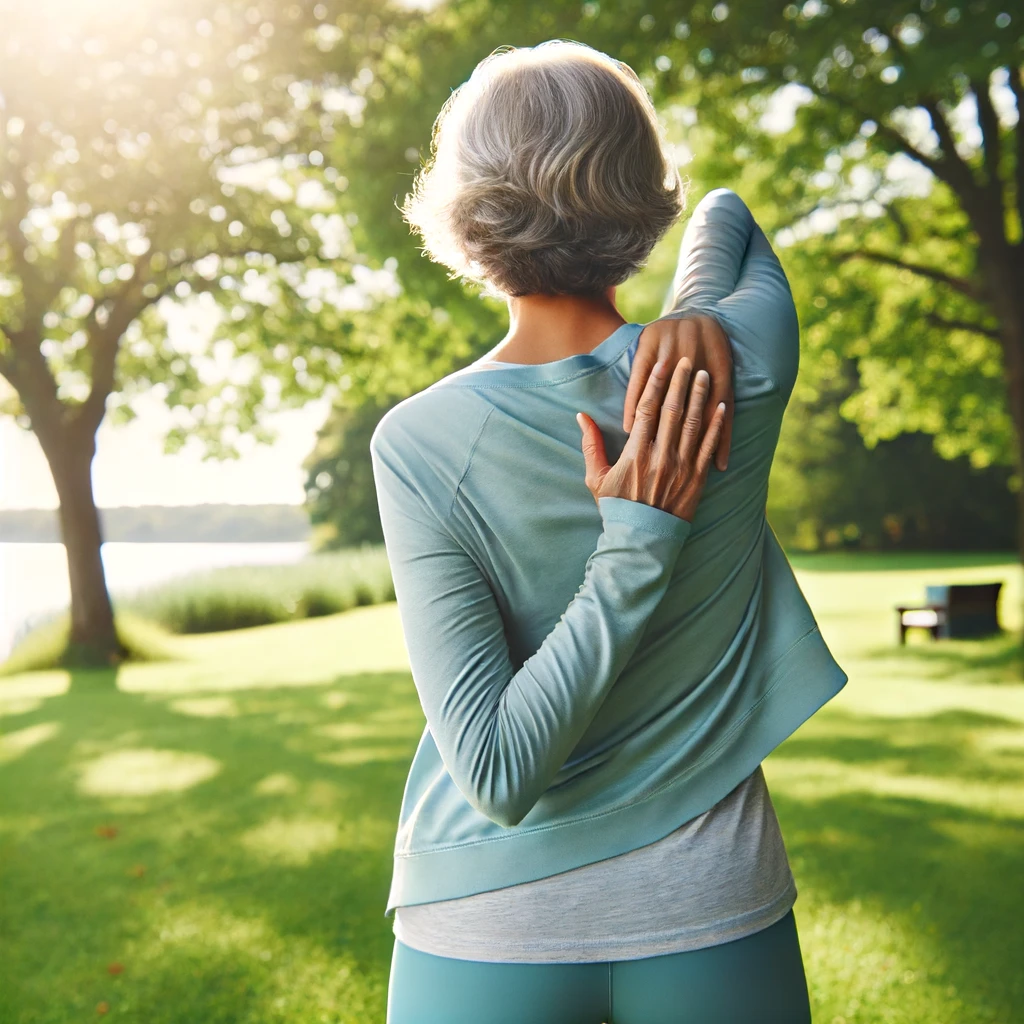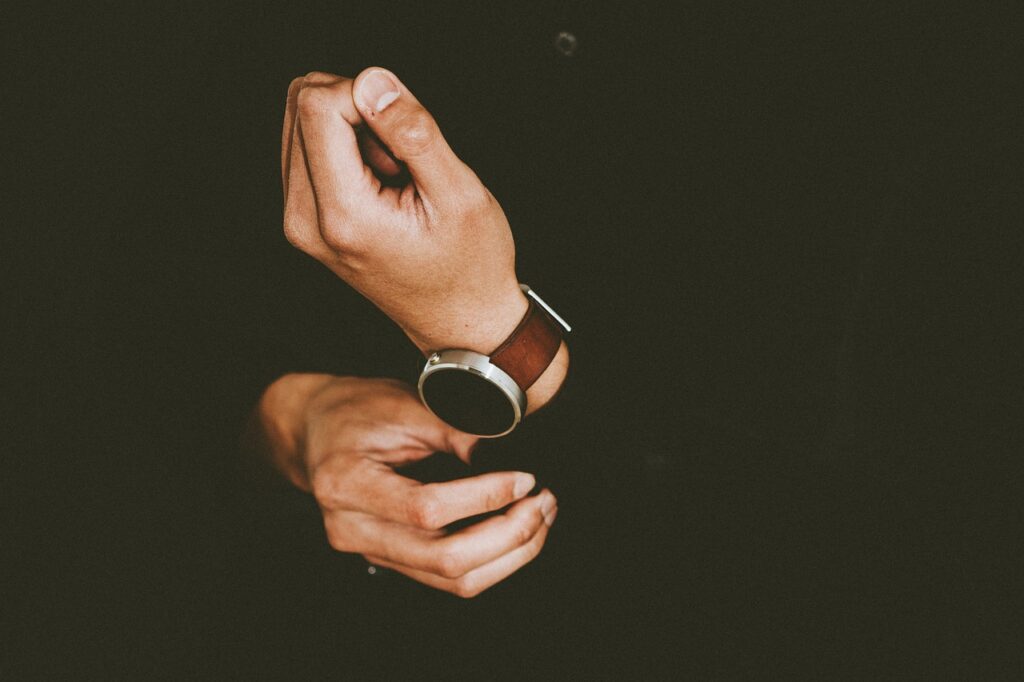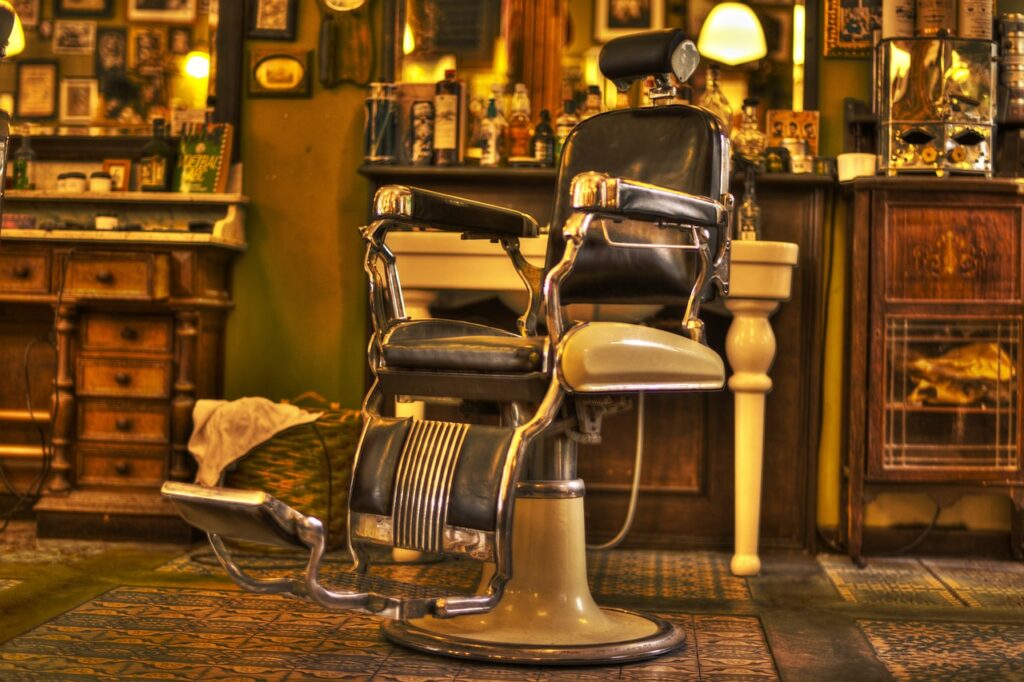Many people don’t live in the country of their birth. They might leave in order to search for a better life; to find better work; to join a family member; or to enjoy a change. Certainly, the cost of doing so and the cost of living in this new country isn’t the same from place to place and it’s important to be educated before taking such a leap.
Each year the Mercer Cost of Living Survey examines 226 cities and over 200 items in each location. These include items like transportation, clothing, food and entertainment. Cost of living has certainly been increasing around the world in the last few years, and the survey reflects that. In the US, for instance, seven cities appeared in the top 20 most expensive locations for expats.

The impact of such findings is explained by Vince Cordova at Mercer US as he explains, “As US-based companies continue to source talent globally, inflationary pressures may give some inbound foreign nationals pause to accept a position in some of the high-cost cities and metro areas in the US.”
The survey reveals that Hong Kong remains the most expensive city for expats, followed by Singapore. Swiss cities, including Zurich, Geneva, Basel, and Bern, dominate the top rankings, indicating high expenses related to housing, transportation, and general goods. New York and Los Angeles represent the U.S. among the top ten, with New York securing seventh place and Los Angeles tenth. London has risen to eighth from seventeenth.





